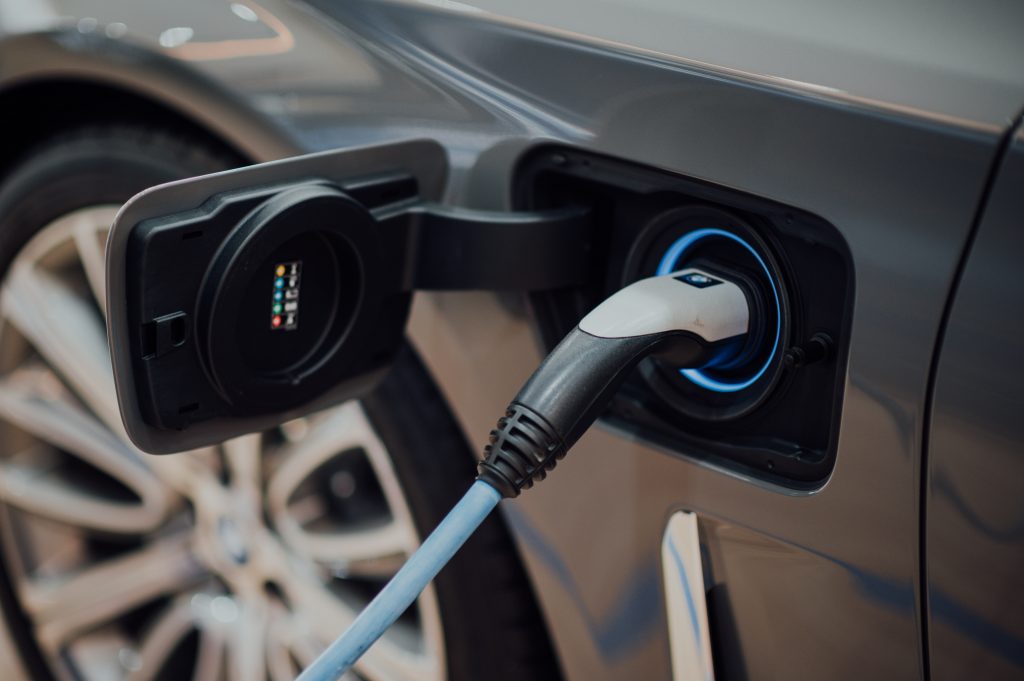
What Does the Rise in Electric Vehicles Mean for Auto Manufacturers?
When looking into the trends for the automotive industry, there’s really only one headline. Electric vehicles. EVs are no longer “the future” of the industry. The future is now. It means many changes for the automotive industry, including changing demand, supply chain and inventory (which are all connected) and workforce challenges, in addition to the specter of new facilities to handle new assembly lines. For auto manufacturers, it means a heightened focus on efficiency, which we at USC Consulting Group are all about.
Electric vehicles (EVs) aren’t dominating the market. Yet. But they’re on the road there. According to research by the International Energy Association, the demand for electric vehicles is surging and is expected to rise 35% by the end of 2023 after a record-breaking 2022.
“Surge” is a good term for it, but “tsunami” might be even better. The EV market share in the worldwide automotive industry was hovering at around 4% in 2020, jumped to 14% in 2022 and will hit 18% by the end of 2023. It shows no signs of slowing down. By 2030, the EV market share is projected to rise to 60% in the U.S. and the EU.
It feels like we’re on the cusp of a great societal change with the surging EV market, the likes of which we’ve seen during the first and second industrial revolutions, the dawn of the internet and the day, back in 2007, when Steve Jobs stood on a stage in front of the world and introduced Apple’s new invention, the iPhone.
Yes, society will be impacted, but perhaps no sector more than auto manufacturers. It means great changes in demand, new challenges with supply chain and inventory, the urgent need for increased employee education, expertise and training, and changes on the line. It’s a whole new world out there for auto manufacturers, from the C-suite to inventory management to the production line, even extending to the dealerships.
How EVs are impacting automotive manufacturers
Here’s a look at the ways EVs are impacting the auto industry today, and how USC can help.
Changing demand
A good analogy for what’s happening in auto manufacturing right now in regard to changing demand is what we saw in the food processing industry during the pandemic. If a company was mainly supplying produce to restaurants, its entire market dried up when the restaurant industry was shuttered. Many processors shifted and began supplying grocery stores — two very different markets. Companies that were agile, lean and light on their feet (so to speak) were able to shift quickly in response to the shifting demand. So, too, with automotive today. Demand for traditional cars is lessening as demand for EVs is rising. It requires auto manufacturers to do a delicate “just in time” dance, which also involves supply chain and inventory.
For more info on how to roll with changing demand, read our eBook, Strategies for Meeting Increasing Customer Demand.
Supply chain
To state the obvious, EVs require different components, technologies and parts than traditional cars. Batteries, electric motors and other types of electronics, to name a few. On a higher level for auto manufacturers, it means developing new relationships that may be outside of the current supply chain, including battery manufacturers, those who deal with raw materials and microchips, and more. Supply chain woes that began during the pandemic are still bedeviling manufacturing operations in many industries, including automotive. New and unforeseen snags in the supply chain are sure to pop up as well. Solidifying while also diversifying your supply chain, with an eye toward reshoring, is critical.
![]()
Inventory
With shifting demand and supply chain challenges, this is an especially tricky time for the auto industry, inventory managers especially. It’s important to focus on inventory and output, ensuring a balance between too much and too little. To wrangle all of these issues, demand, supply and inventory, savvy auto manufacturers are employing a methodology we call SIOP: sales, inventory and operations planning.
S&OP is a time-tested business management process that involves sales forecast reports, planning for demand and supply, and other factors. The goal is to help companies get a better, more clear look at their operations and create better-informed strategy decisions, allowing them to deliver what clients need in the most profitable way. We’ve found a lot of our clients do not include inventory as a strategic tool in their S&OP process. Therefore, they leave the “I” out of SIOP. That’s a mistake, especially now for auto manufacturers. The key to SIOP is to emphasize inventory as a strategic tool to help offset variation in demand or production issues.
To find out more about SIOP, download our free eBook: “Sales, Inventory & Operations Planning: It’s About Time.”
Workforce
Ramping up EV production or even transitioning to EVs is going to require a lot from your workforce. In some cases, your best people who have been on the production lines for their entire careers will start to feel obsolete. It means reskilling and retraining of your current people, and hiring workers with expertise in EV technology.
Infrastructure
As the demand for EVs grows, the production line will need to grow with it, shifting from traditional engine vehicles (combustion) to the kind of specialized production that EVs require. It may mean new facilities and new technology.
All of these changes for the automotive industry require a sharp focus on efficiency to meet current demand and planning to gear up for future demand. If there was ever a time for Lean Six Sigma (a methodology involving less waste, greater efficiency and consistent quality) it’s now. Lean was developed back in the day for the auto industry, and it couldn’t be more pertinent today. At USC Consulting Group, we have decades of experience helping our clients navigate changing tides in their industries. To learn more about how we can help, contact us today.






